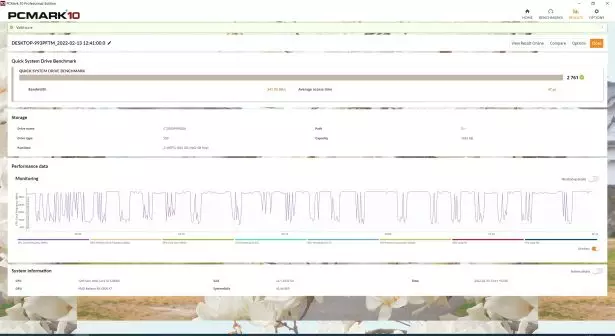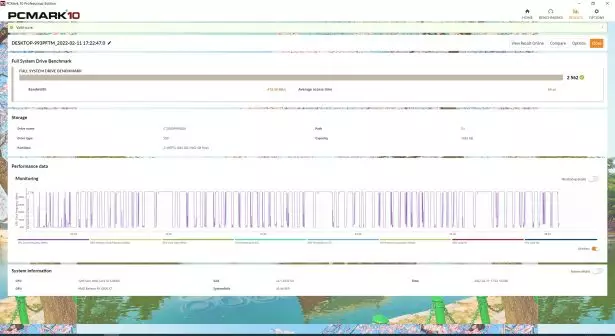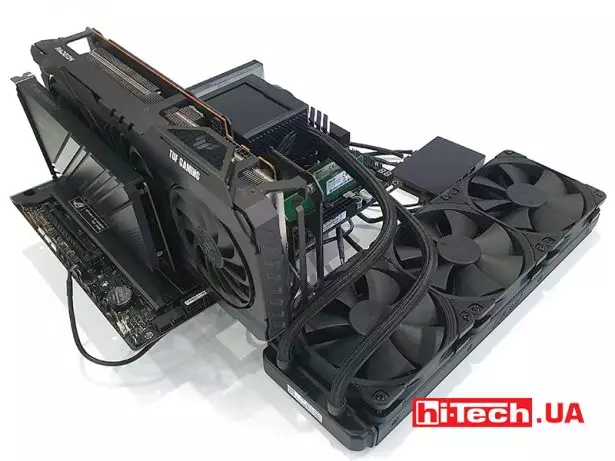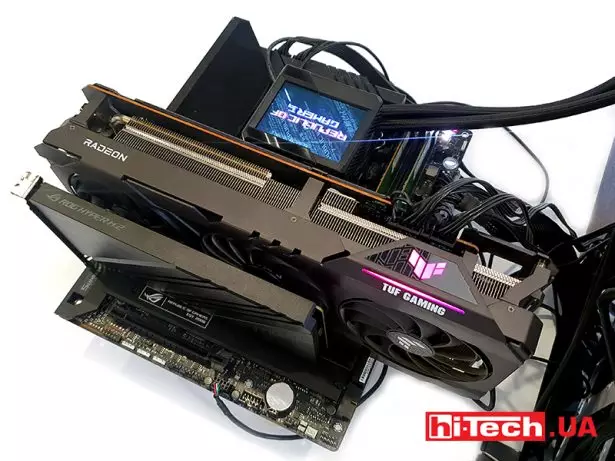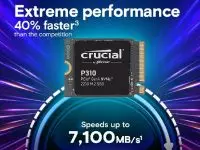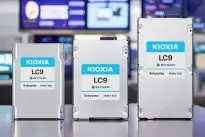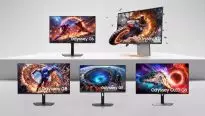Crucial P5 Plus 2TB PCIe M.2 2280SS SSD review: new light
25.02.22
The distribution of the new version of the PCIe standard has already begun and the first models have become available on the market. Some companies have created new lines for updated drives, some have included them in existing ones. This happened with the Crucial P5, which, with an update to the connection interface, received the addition of “Plus” in its name.
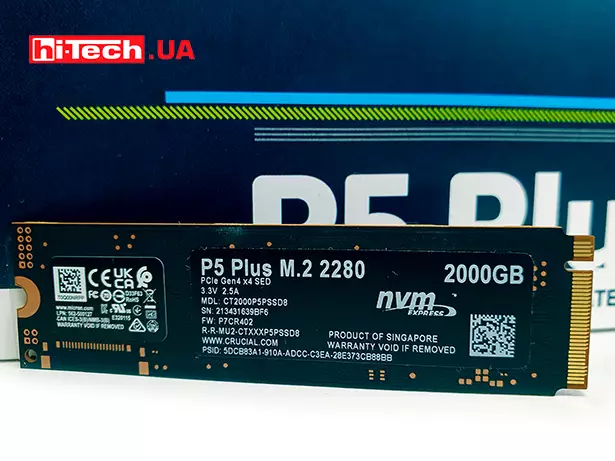
Crucial P5 Plus SSDs are the new flagship models from Micron. Unlike the P5 line, there is no 250GB option in the new line. Only 500, 1000 and 2000 GB drives are available on the market. All of them are equipped with DRAM cache and use the latest 176-layer TLC NAND memory in addition to the mentioned PCIe 4-ready controller.
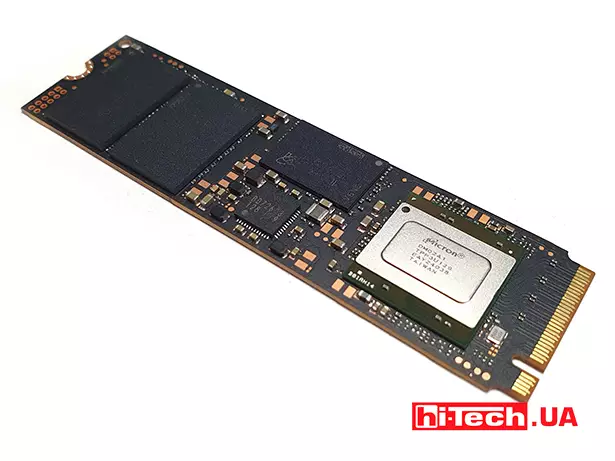
All chips are on one side of the printed circuit board. They are covered with a sticker with the logo and model name. On the back side there is a sticker indicating the firmware version and the PSID for resetting the SSD hardware encryption password.

There are no radiators or thermal interfaces provided. As expected, the problem of overheating may arise under intense load, due to which the drives may throttle. However, it is worth noting that many motherboards have cooling radiators for M.2 drives, which will help mitigate this nuance.
The new line also uses the new DM02A1 controller, based on six ARM cores of different types: two Cortex-R5 and four Cortex-M3. Cortex-R5 is responsible for the logic of the controller, and Cortex-M3 is responsible for servicing the flash memory array and background operations.
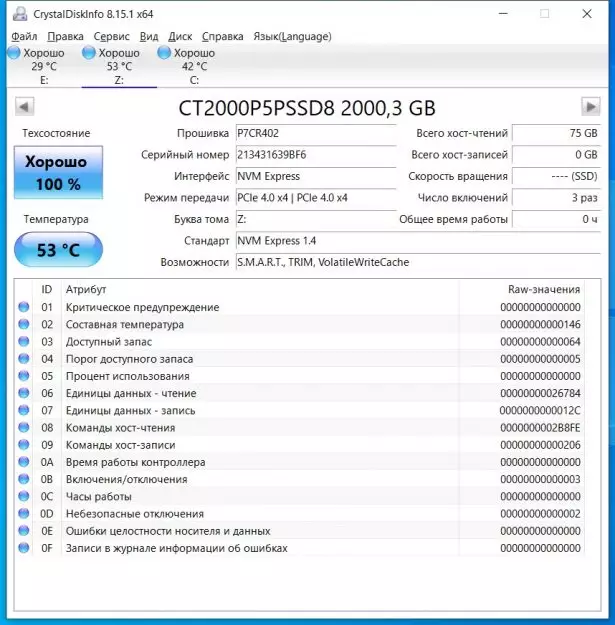
It, in turn, operates on 8 channels with new memory with 176 layers from Micron itself, which is currently one of the fastest in the industry. It uses a fundamentally new “replacement-gate” technology with a metal, rather than semiconductor, control gate. This not only made it possible to make 3D NAND crystals more compact, but also significantly increased their performance characteristics, and also ensured higher reliability. The stated speed indicators are 6600 MB/s for reading and 5000 MB/s for writing.
Let us briefly remind you that each new generation of PCIe has 2 times higher bandwidth compared to the previous one. The PCIe 3.0 standard provided data transfer speeds of 4 GB/s, and PCIe 4.0 reached 8 GB/s for four lanes. The first motherboards with the new interface were released at the end of 2018 – beginning of 2019. So far they have not become widespread, especially since, along with the new connection bus, manufacturers have begun to integrate the fifth generation of RAM, which has doubled the bandwidth and capacity compared to DDR4.
All these innovations are complemented by LPDDR4 DRAM cache memory. For 500 and 1000 GB SSD versions, the cache size is 1 GB. And for the 2 TB version, as in our case – 2 GB. These are expected figures, which in the case of the 2 TB version made it possible to record large amounts of data at maximum speed for about two minutes. Then the speed decreases to 1100-1300 MB/s. It is worth noting that an SSD of this size will allow it to be used as an installation device for games and content editors. With them, data packets will be scattered and the user will most likely not have to deal with cache filling.
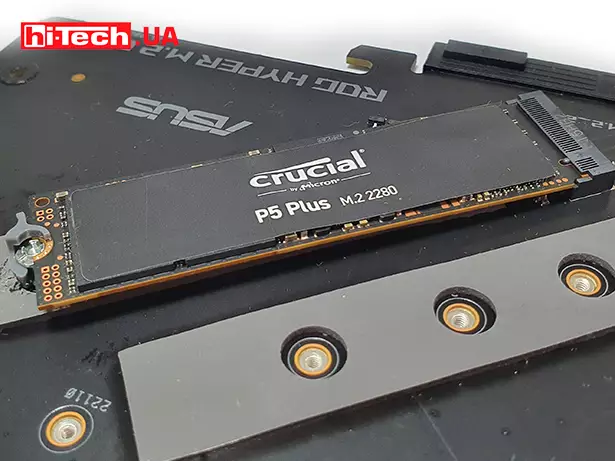
| Test platform | |
| Motherboard: | ASUS ROG Maximus Z690 Hero |
| Processor: | Intel Core i9-12900K |
| SRO: | ASUS ROG Ryujin II 360 |
| Video card: | ASUS TUF Gaming Radeon RX 6800 T OC |
| RAM: | ASUS, 32 GB DDR5 |
| Life block: | Seasonic Platinum-750 Snow Silent |
| OS: | Microsoft Windows 10 Pro 64-bit |
The TBW (Total Byte Written) parameter declared by the manufacturer for the three available capacities – 300, 600 and 1200 TB. MTBF is 2 million hours. The manufacturer’s warranty is 5 years.
Conclusions
The new Crucial P5 Plus has become a natural evolution in the development of the solid-state drive segment. It has received sufficiently diverse volumes to solve various user problems. From a purely fast drive for the operating system to large and fast storage for the OS, games and demanding software packages. Overall, the Crucial P5 Plus is an excellent choice for applications.
Speed was, of course, the main innovation of the new SSDs with PCIe 4.0. Demanding games will have more space to load data. The work of background processes with content, such as buffering, will reach a new level. The large volume will allow you to store all the necessary software on a single drive. You don’t have to worry about its safety if you use the Storage Executive software and free cloning software that come included.
In light of the current ups and downs in the market of semiconductors and computer components in general, switching to a drive with a new interface will allow you to maximize the system if it still uses the third generation. And with the transition to a new platform, you will receive an almost twofold increase in data exchange speed. The release of new standards and protocols is inevitable. We hope that the release of components with new versions of standards will not be long in coming.
CharacteristicsSSD Crucial P5 Plus PCIe M.2 2280SS CT 2000P5PSSD8 |
|
| Interface: | PCIe 4.0 x4 with NVMe |
| Form factor: | M.2 2280 |
| Storage capacity in test: | 2 TB |
| Available volumes: | 500 GB, 1 TB, 2 TB |
| Controller: | Micron DM02A1 |
| Memory type: | 3D TLC |
| Declared resource: | 1200 TBW |
| Warranty: | 5 years |
| Supplier: | Crucial representative office in Ukraine |
| Price: | $395 |
Rating:
+ performance
+ capacity
+ price
+/-heating during long-term data exchange
hi-tech.ua project manager
Don't miss interesting news
Subscribe to our channels and read announcements of high-tech news, tes
Oppo A6 Pro smartphone review: ambitious
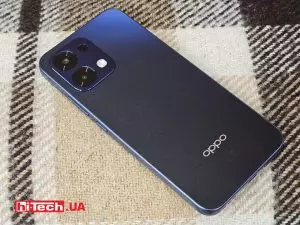
Creating new mid-range smartphones is no easy task. Manufacturers have to balance performance, camera capabilities, displays, and the overall cost impact of each component. How the new Oppo A6 Pro balances these factors is discussed in our review.
Editor’s Choice 2025. Best devices of the year by hi-tech.ua

The best gaming laptops, mice for work, gaming keyboards, smartphones, and wireless headphones of 2025. Among them, we will highlight the most interesting ones and those that we can recommend buying.
Samsung announce 5 new Odyssey gaming monitors 2026 monitor Samsung
Samsung Electronics announced the release of the 2026 Odyssey gaming monitor line. The company introduced five models at once, emphasizing increased resolution, refresh rate
Michelin has created a real-time tire monitoring system car CES development
Michelin is preparing to introduce a new line of “smart” tires capable of real-time




